Quince Wattleseed Alexander Cocktail is a seasonal quince twist on Harry Craddock’s 1930 Alexander Cocktail. (No. 2.) recipe appearing in The Savoy Cocktail Book using a homemade vintage style quince cordial with a brandy base infused with fresh quinces and spices including wattleseed, crème de cocoa, coconut cream, garnished with crushed wattleseed. The Alexander Cocktail. (No. 2.) later came to be known as the Brandy Alexander with which we are more familiar but was at first known as an Alexander, Alexander Cocktail. (No. 2.) or a Panama Cocktail. The Quince Wattleseed Alexander Cocktail is a delicious dessert cocktail that has complexity and depth of flavour due to the quince and spice infused brandy with which it is made – the spice blend features Australian indigenous ingredients wattleseed, strawberry gum, cinnamon myrtle, lemon myrtle, pepper berries, along with allspice and coriander – and the finished cordial has an earthy spice and tart floral quince flavour that pairs wonderfully with coconut cream and chocolate. The Quince Wattleseed Alexander Cocktail is garnished with crushed wattleseed – which has a toasted coffee chocolate flavour and aroma and adds a beautiful texture and chocolate colour to the top of this creamy complex dessert drink.
What is an Alexander Cocktail?
The Alexander Cocktail recipe has evolved over time with different variations emerging – the Alexander was originally a gin based drink that was then varied to have a brandy base, known as an Alexander Cocktail. (No. 2.), a Panama, or simply an Alexander and only later as a Brandy Alexander. Modern variations of the Alexander weight the alcoholic base or cream more heavily, and in some cases add egg white, changing the flavour and texture of the drink, or pair brandy or gin with different liqueurs including walnut and banana liqueur.
Alexander Cocktail Ingredients: gin, crème de cocoa, cream, egg white – Simon Difford (2019) of Difford’s Guide provides a useful history of the Alexander Cocktail and variations with helpful links to source materials and recipes. Difford describes how a recipe for an Alexander was published in the Second Edition of Hugo Ensslin’s book Recipes for Mixed Drinks (Ensslin 1916-1917: 6) and calls for equal parts – 1/3 gin, crème de cocoa and cream. The colour of the crème de cocoa is not specified by Ensslin although Gary Regan (2018: 2892) in his discussion of the Alexander details that the colour of the cocoa to be used in the Alexander is white, interestingly in his version of the Alexander more weight is placed on the gin base with 2 parts gin to 1 part white crème de cocoa and cream. Simon Difford (2019) following a New Orleans tradition recommends adding an egg white to an Alexander for additional creaminess and smoothness of texture, this can be added to the gin or brandy version of the cocktail.
Alexander Cocktail History: White Alexander – Gary Regan in The Joy of Mixology (Regan 2018: 2883-2901) and Simon Difford in his article on the Alexander cocktail both refer to historian Barry Popik’s work where he draws on a 1929 New York newspaper column describing how the Alexander is associated with the fictitious advertising character ‘Phoebe Snow’ who travelled by steam train powered by ‘anthracite’ which apparently kept her snow white dress soot free – the same colour as the white Alexander cocktail said to be created by bartender Troy Alexander as part of a promotional event at which she was to appear (for more detail on this and other possible origins see Simon Difford’s helpful article – Alexander cocktail).
Alexander Cocktail. (No. 2.) Ingredients: brandy, crème de cocoa, cream – The brandy version of the Alexander first appears in Harry Craddock’s The Savoy Cocktail Book in 1930 but is not yet known as a Brandy Alexander but rather simply referred to as ‘Alexander Cocktail. (No. 2.)’ (Regan 2018: 644; Craddock 1930: 162). Regan (2018: 644; 3268) relates that the brandy version of the Alexander was known prior to Craddock’s 1930 recipe as a Panama cocktail (for the Panama recipe see below).
The Alexander Cocktail. (No. 2.) recipe is a variation on the gin based white Alexander recipe using brandy instead of gin, crème de cocoa and cream (Craddock 1930: 162). Craddock (1930: 162) provides the recipe for the Alexander (No. 2.) Cocktail in parts – there is no measure for the ingredients and the crème de cocoa white or dark is not specified simply being referred to as crème de cocoa – it is an equal parts cocktail – 1/3 crème de cocoa, 1/3 brandy and a 1/3 fresh cream – with the method described as:
“Shake well and strain into cocktail glass.”
No garnish is specified. It is interesting that the Alexander Cocktail. (No. 1.) in Craddock’s book has different measures than the Alexander Cocktail. (No. 2.), those being ½ gin and a ¼ crème de cocoa and ¼ cream – so weighting the gin base more heavily (Craddock 1930: 162). Gary Regan (2018: 3268 ) in his discussion of the Brandy Alexander recipe details that dark crème de cocoa should be used and provides a recipe for 2 parts brandy to 1 part dark crème de cocoa and cream with a garnish of nutmeg.
Panama, Brandy Alexander – Gary Regan (2018: 3268) relates that the Alexander Cocktail. (No. 2.) was not called a Brandy Alexander until later in 1936 but was at the same time known as a Panama Cocktail – the Panama name continued even after the Brandy Alexander until 1940 (Regan 2018: 3268). As an example of the Panama recipe see Cocktail Bill Boothby’s World Drinks and How to Mix Them (1934: 129) where the ‘Panama’ recipe calls for equal parts – 1/3 brandy, crème de cocoa, cream, with nutmeg garnish (now here detailed in this later version of the recipe). In this same manual (Boothby 1934: 13) there is an identical recipe for an ‘Alexander, No. 3.’ Cocktail that has the same ingredients and method (the ‘Alexander, No. 2.’ was comprised of gin and coffee ice cream). Simon Difford (2019) in his article on the origin of the Alexander cocktail helpfully details that a printed recipe for a brandy version of the Alexander simply called ‘Alexander’ appears in 1937 in W.J. Tarling’s Café Royal Cocktail Book Coronation Edition (1937: 17).
Modern interpretations of the Alexander recipe – Modern recipes for the Alexander such as those of Gary Regan and Dale DeGroff have slightly different ratios of ingredients than the vintage recipes. Gary Regan (2018: 3288) specifies that a dark crème de cocoa should be used and offers a recipe using 2 oz. brandy, 1 oz. dark crème de cocoa and 1 oz. cream with a garnish of freshly grated nutmeg. Gary Regan writes in an article for Liquor that he prefers more brandy in his Alexander recipe so a more spirit forward drink. Dale DeGroff’s (2002: 74) Alexander recipe has 1 oz. gin or brandy, 1 oz. dark crème de cocoa, 2 oz. heavy cream, nutmeg garnish – this version has a little more cream than Craddock’s (1930) formula. Further variations have been made by swapping out the crème de cocoa for other liqueurs such as in Simon Difford’s Walnut Alexander, which includes egg white and leans a little more weight on the cognac, Kaleb Cribb’s Banana Alexander, which slightly weights the brandy.
How is the Quince Wattleseed Alexander Cocktail different?
The Quince Wattleseed Alexander Cocktail offers a seasonal quince twist on Harry Craddock’s 1930 equal parts recipe for the Alexander Cocktail. (No. 2.) with a homemade quince cordial flavoured with fresh quince and a complex spice mix including wattleseed, dark crème de cocoa, coconut cream, garnished with crushed wattleseed for a toasted chocolate coffee finish. Like modern variations on the Alexander this quince wattleseed version adds a unique new flavour but rather than introducing this via another liqueur paired with the brandy the brandy base itself is infused with quince and spices which pair well with chocolate.
Vintage quince cordial with earthy wattleseed spice mix – Vintage quince cordial uses fresh quince and a complex spice mix including wattleseed, strawberry gum, cinnamon and lemon myrtle and pepper berries, allspice and coriander. I also made a ginger rose variation of this cordial that is great in a fancy quince brandy cocktail with champagne. It does take a little time to infuse the ingredients with the base spirit a Hennessy VSOP cognac was used here – the wait is worthwhile because the finished cordial has such a complex and interesting flavour. Floral tart quince is paired with earthy chocolate notes from wattleseed held in balance with ambrosial strawberry gum, spice of cinnamon myrtle and fresh citrus of lemon myrtle along with zest from coriander and warm baking spice from allspice berries. The base spirit Hennessy Cognac is vegan friendly. There is no added sugar used in this quince cordial. The original equal parts recipe works well because the tartness of the quince is balanced by the equal amount of dark crème de cocoa.
Coconut cream – This Quince Wattleseed Alexander Cocktail swaps out the dairy cream for coconut cream for a non-dairy plant based alternative.
- Tip: If your coconut cream has separated or become solid in parts – before using it melt it by applying low heat so that it is a uniform consistency. This way it will combine much better when shaken with the quince cordial and crème de cocoa.
Method & measures – equal parts, shake & strain – Following Craddock’s 1930 recipe for the Alexander Cocktail. (No. 2.) (Craddock 1930: 162) I have maintained the equal proportions for this Quince Wattleseed Alexander Cocktail. Craddock simply states that the cocktail should be 1/3 of each ingredient without stating a measure. I used 1 shot of each ingredient shaken with ice and strained into a small chilled cocktail glass.
Wattleseed garnish – The Quince Wattleseed Alexander Cocktail is garnished with crushed wattleseed – an Australian indigenous spice with an earthy nutty toasted chocolate coffee flavour.
- Tip: You can substitute freshly grated nutmeg for wattleseed. Although I highly recommend trying the wattleseed as it offers a delicious earthy nutty finish to the cocktail that pairs so well with quince and chocolate.
Wattleseed is also infused in the quince cordial and pairs wonderfully with chocolate and the tart floral flavour of quince. It’s a lovely finish to the Quince Wattleseed Alexander Cocktail offering a contrasting dark brown chocolate colour and added texture and vibrancy – the small seeds of the indigenous Australian acacia tree have a dark shiny outer coating. The Quince Wattleseed Alexander Cocktail is a delicious chocolate coconut cream dessert cocktail flavoured with fresh floral tart quince and complex spice notes finished with the warmth and earthiness of crushed toasted coffee chocolate flavour of wattleseed.
Quince Wattleseed Alexander Cocktail
Print RecipeIngredients
- 1 shot vintage quince cordial with wattleseed
- 1 shot dark crème de cocoa, Marie Brizard or Tempus Fugit
- 1 shot coconut cream
- Ice to shake the drink with
- Garnish: finely crushed wattleseed or freshly grated nutmeg
- Glassware: Chilled coupe
Instructions
Prepare your wattleseed by crushing in a mortar and pestle
Prepare your glass by adding ice and then removing when the drink is ready to strain
If your coconut cream is either separated or a solid mass – apply gentle heat to form an even consistency before measuring and mixing
Add handful of ice cubes, quince cordial, crème de cocoa and coconut cream to a cocktail tin
Seal the tin and shake very well for 30 to 60 seconds until very well combined and cold
Strain into a chilled cocktail coupe
Garnish with finely crushed wattleseed or freshly grated nutmeg
Notes
Cocktail Books
W.M.T. Boothby (1934). Cocktail Bill Boothby’s World Drinks and How to Mix Them. The Recorder: San Francisco, California.
Harry Craddock (1930). The Savoy Cocktail Book. Dover: New York.
De Groff (2002). The craft of the cocktail: Everything you need to know to be a master bartender, with 500 recipes. Clarkson Potter: New York.
Hugo Ensslin (1916-1917). Recipes for mixed drinks. Second Edition. Hugo Ensslin: New York.
Gary Regan (2018). Joy of Mixology: The consummate guide to the bartender’s craft. Revised Edition. Clarkson Potter: New York.
W.J. Tarling (1937). Café Royal Cocktail Book. Coronation Edition. Pall Mall: London.
Online Alexander, Panama Cocktail articles and recipes
Mr. Boston Drinks (2019). Panama cocktail. In Mr. Boston Drinks.
Kaleb Cribb. (2016). Banana Alexander. In Imbibe: Liquid Culture.
Simon Difford (2019). Alexander cocktail. In Difford’s Guide.
Simon Difford (2019). Alexander. In Difford’s Guide.
Simon Difford (2019). Walnut Alexander. In Difford’s Guide.
Barry Popik (2009). Alexander/Gin Alexander/Brandy Alexander/Coffee Alexander (cocktail.) In The Big Apple.
Gary Regan (2011). Behind the drink: The Brandy Alexander. In Liquor.




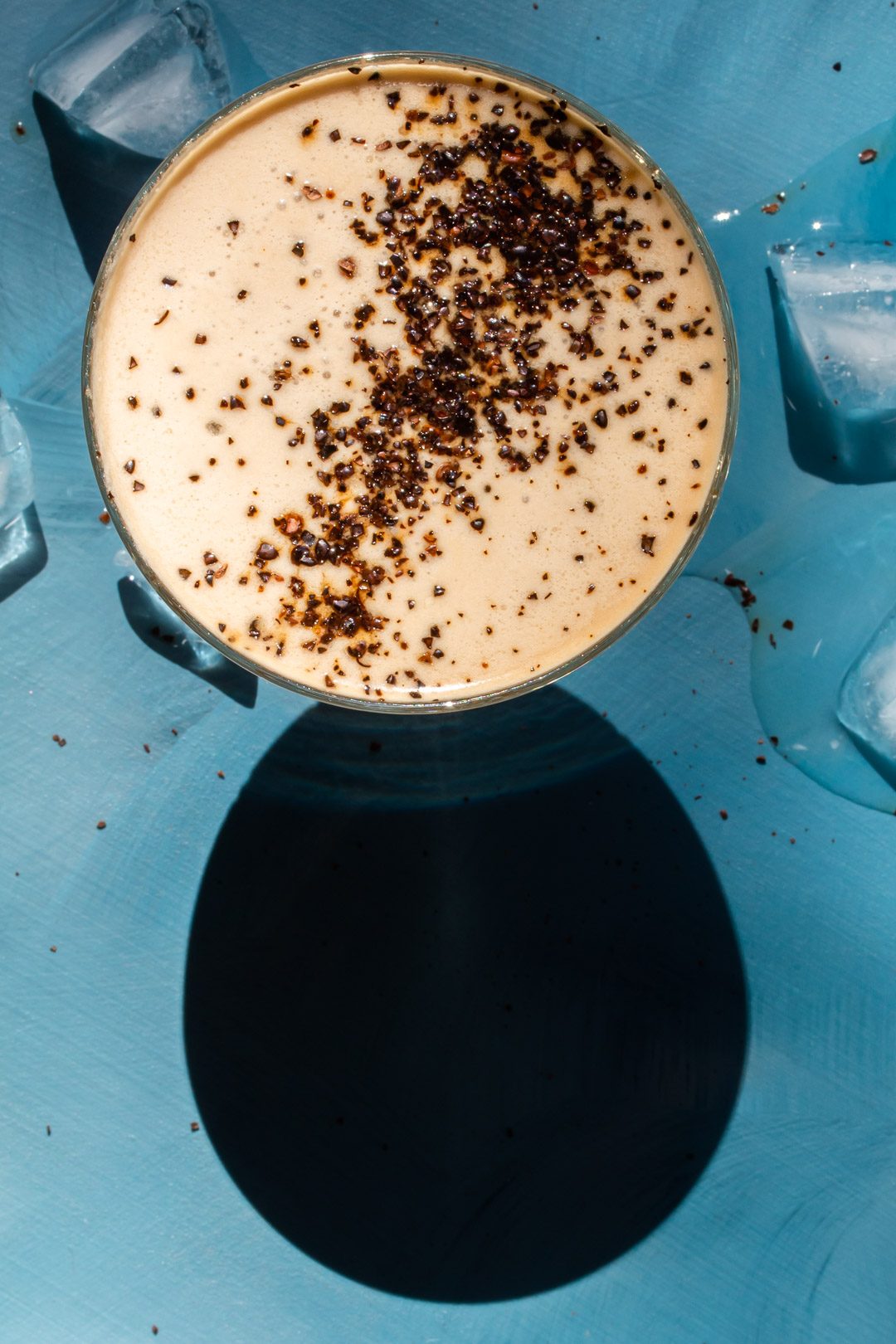
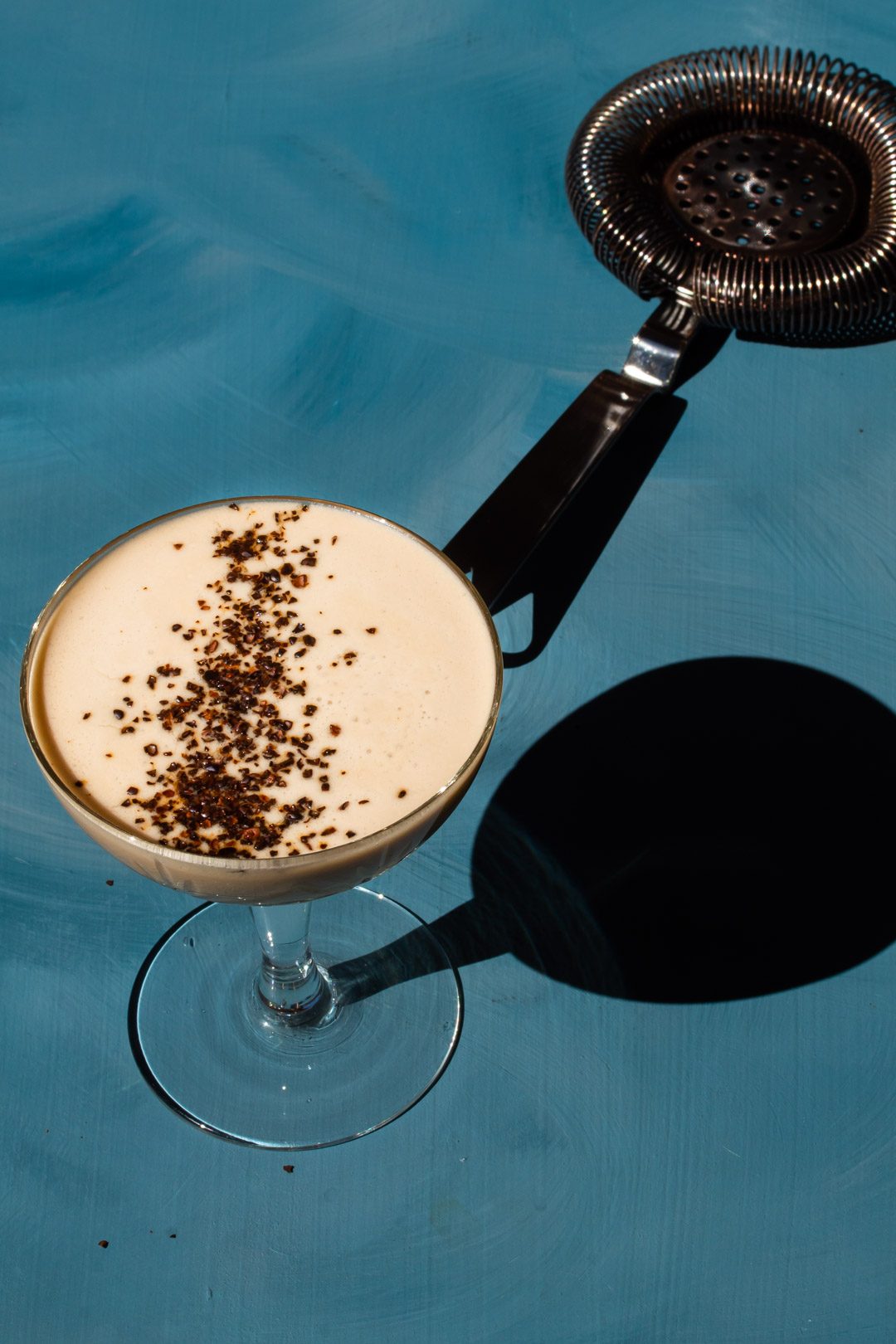
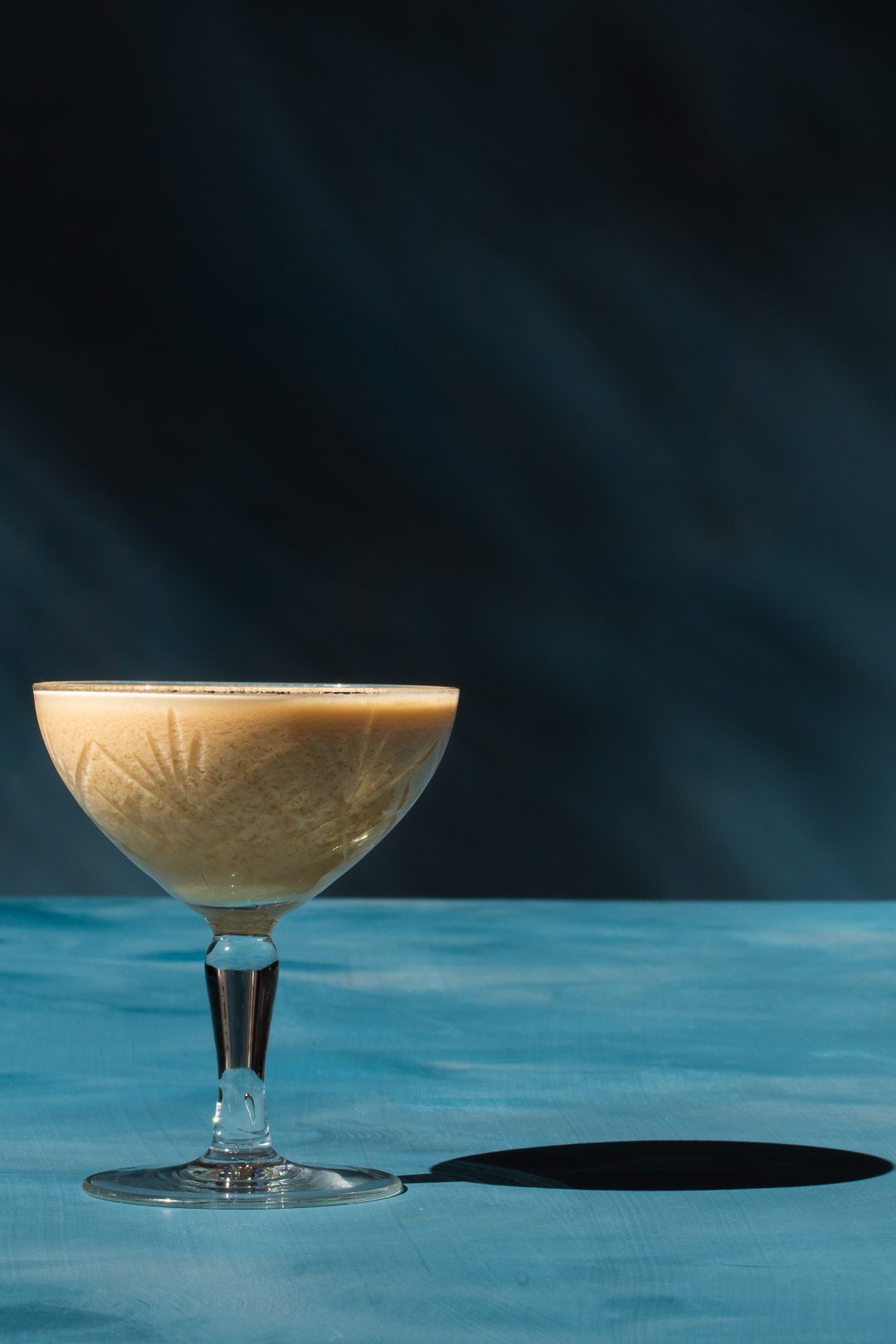
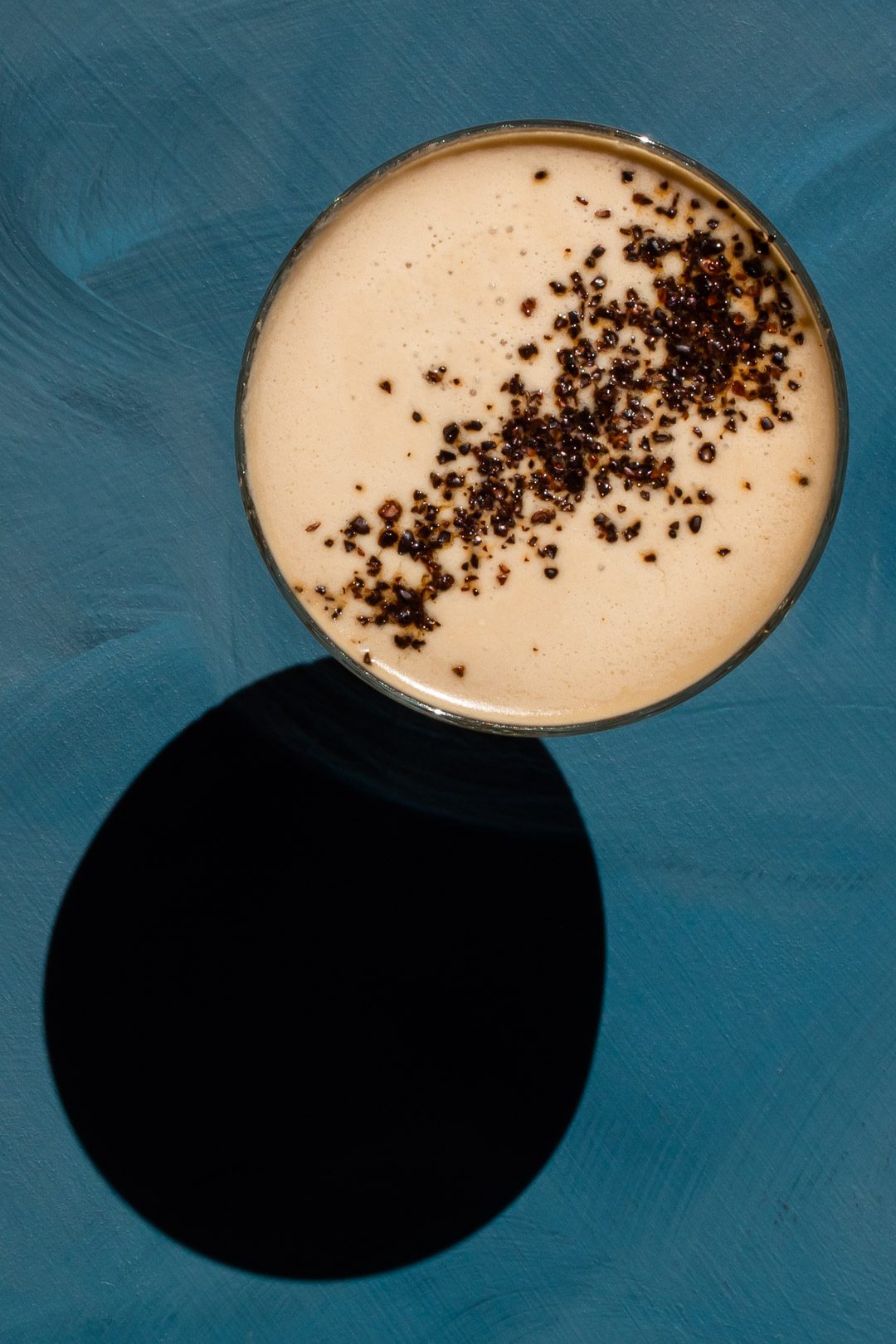
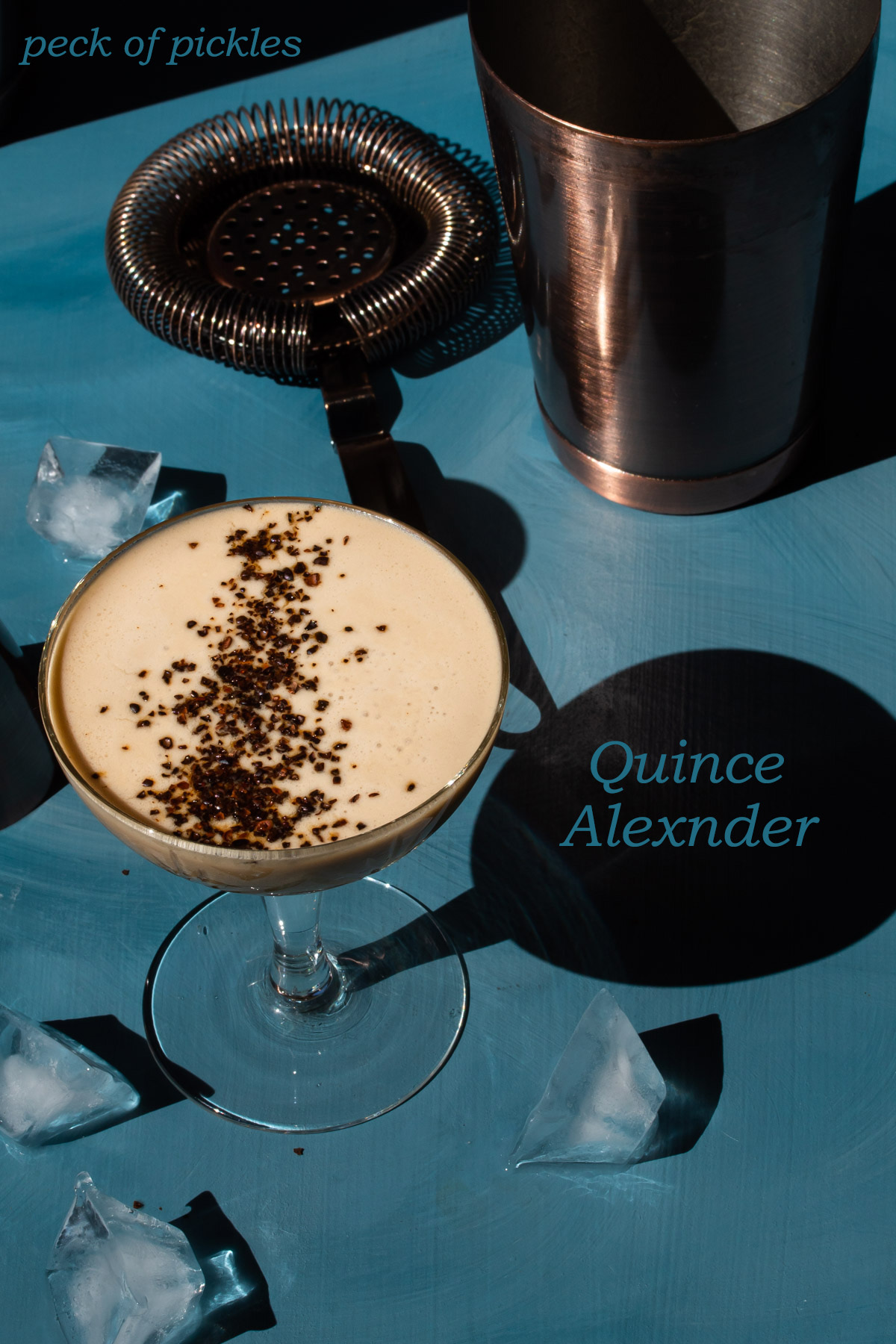



1 Comment
Umami hot whiskey toddy: Shiitake mushroom, saffron infusion | Peck of Pickles
July 26, 2020 at 3:40 am[…] unique flavour pairings such as quince with rose and ginger or with earthy spices for use in a quince Alexander or bespoke rhubarb bitters with cacao and wattleseed for use in a rhubarb pickle Corpse Reviver No. […]